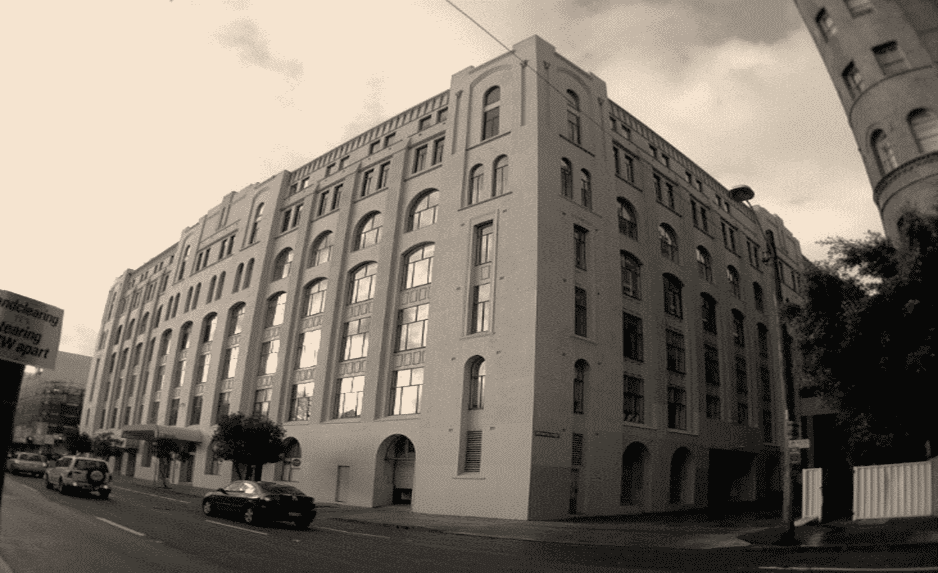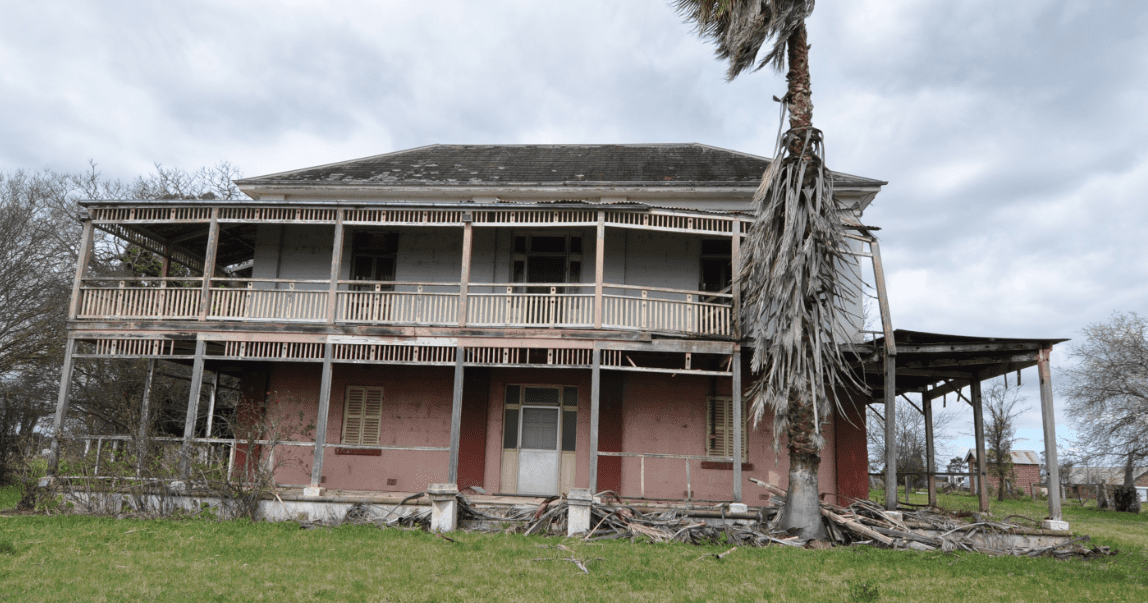Professional Associations
Already, the NSW State Government is fighting against Ku-ring-Gai wanting to slap interim heritage orders (IHOs) on its Heritage Conservation Areas closest to the legislated Transport Oriented Development precincts (TODs). But Penny Sharpe has blocked Ku-ring-Gai’s efforts. The fight has begun.
On one side is NIMBYISM i.e. all those that want to keep their suburbs as they are while the other is urgently requesting more housing, especially around existing railway stations under the State Government’s TOD scheme.

I have been in the heritage game for close to 40 years. I have never seen heritage so politicised as it is today. It will certainly come to a head. I can see hordes of NIMBY protestors marching down the streets with banners asserting various home truths about cultural built heritage. The thing is that I can see it from both sides. I feel the pain of the homeowners, but, as a heritage town planner, I also believe in the necessity for Metropolitan Sydney to densify. That is where all our existing infrastructure is, and urban densification is far more eco-friendly than urban spawl.
We only have of think of cities like New York, Hong Kong – even London, to witness the consequence of densification as opposed to urban sprawl. Urban densification can work.
In an article by Cavicchia and Cucca, published in ‘The Palgrave Encyclopedia of Urban and Regional Futures’ (January2023), the authors argue that ………
‘Since the Brundtland Report (WCED 1987), urban densification has been almost universally considered one of the most sustainable ways to develop contemporary cities. Generally speaking, urban densification refers to a set of measures that constrain the expansion of urban areas, restrain development in rural areas and maintain the separation of settlements, thereby preventing urban sprawl and focusing resources on the re/development of existing towns and cities. Such measures aim to (i) increase proximity among people and urban functions; (ii) create an efficient transportation system, which encourages walkability and the use of bikes and public transport (reducing car-related travel and associated emissions); (iii) create mixed-use urban areas; and (iv) save farmland and natural areas (OECD 2012). Land take i.e. the loss of undeveloped land is one of the most worrying trends for climate change (European Commission 2016) and countries and cities often react by adopting pro-densification policies.’
In the diagram below, the authors clearly set out the benefits and advantages of urban densification. They link these ideas to climate change, social diversity, lifestyle and wellbeing factors and accessibility to urban opportunities. The article does highlight that urban densification plans need to be mindful of socio-spatial implications. These include displacement, social, racial and generational segregation, and exclusion for lower-income groups due to unaffordability of housing and accumulated capital for developers and property owners increasing rent and land value. The urban densification model does appear to have benefited higher- and middle-income groups. However, urban densification seems to have a lot of positive effects, both culturally, environmentally, socially, workwise and for wellbeing and neighbourhood satisfaction.
With Sydney’s population growth continuing to increase and driving further demand for more affordable and accessible housing, urban densification plans such as TODs may be a much more effective solution than first thought.

Does this mean that NIMBY perspectives should be overridden? Can councils such as Ku-ring-Gai collaborate with the NSW Government to factor heritage conservation, character and architecture into constructing new housing to meet TOD targets? Or do we reduce the amount of heritage stock?
The path forward seems uncertain, but the first step is keeping an open mind.
Paul Rappoport
Conservation Architect and Heritage Planner
18 September 2024
References:
Cavicchia, Rebecca., & Cucca, Roberta. (2022). “Urban Densification and Its Social Sustainability.” In The Palgrave Encyclopedia of Urban and Regional Futures, edited by Robert C. Brears. Palgrave Macmillan, Cham. https://doi.org/10.1007/978-3-030-87745-3_156
Ku-ring-gai Council, “Ku-ring-gai Town Hall view from stage,” Ku-ring-gai Town Hall, (2024): figure 3. Ku-ring-gai Town Hall Ku-ring-gai (nsw.gov.au)
NSW Government, “Transport Oriented Development Program,” Department of Planning, (2024). Transport Oriented Development Program | Planning (nsw.gov.au)
Related Articles

Upcoming Heritage Issues in Transport Oriented Development Areas (TODs)
Recently, the new legislation introduced by the NSW State Government from the Department of Planning and Environment, promotes affordable housing…
Read more
Incentivising Ownership of Heritage Buildings
In response to the recent enquiry by the government relating to the NSW Heritage Act, I made the following recommendation.…
Read more
Does the NSW Heritage Act Reflect the Expectations of the NSW community?
In the recent NSW Heritage Act inquiry, I submitted a series of recommendations to the government seeking community response in…
Read more
A New Heritage Council for NSW
In the recent NSW Heritage Act inquiry, I submitted a series of recommendations to the government seeking community response in…
Read more

Need help getting started?
Check out our guides.

Complete the form below to contact us today.









